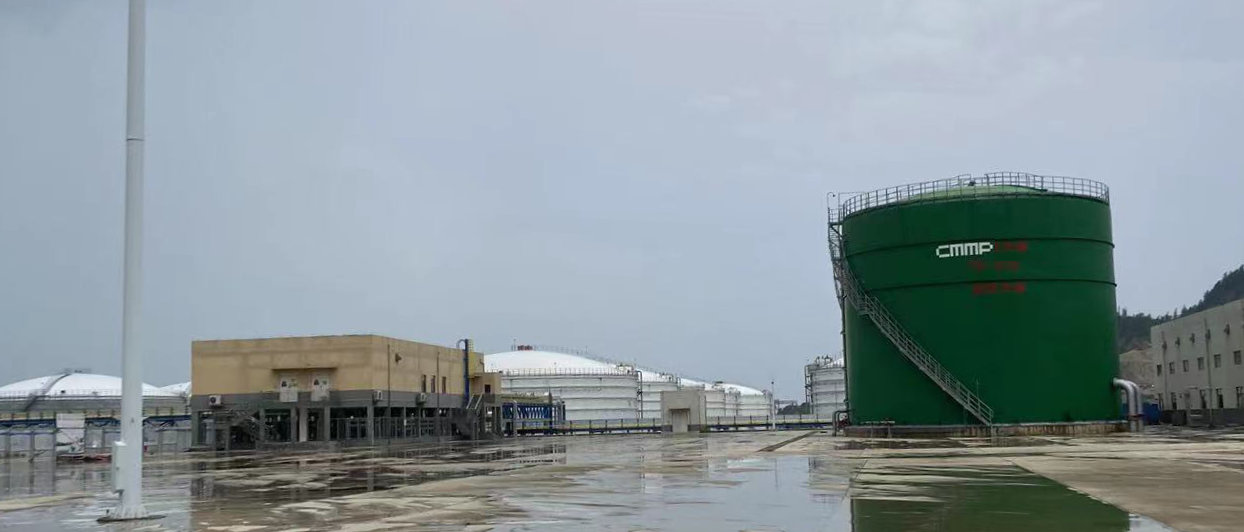What type of camera should be used in Zone 1?

Maria Zhu
Aug 15, 2024

For use in Zone 1 hazardous areas, where there is a continuous, high risk of explosion, the following types of cameras can be suitable:
-
Explosion-proof (Ex
d) Cameras
- These cameras have an enclosure that can withstand the pressure of an internal explosion and prevent the ignition of the surrounding explosive atmosphere.
- The enclosure is designed to contain any explosion within the camera and prevent it from spreading to the surrounding environment.
- Examples include cameras certified for use in compliance with IEC/EN 60079-1 standard.
-
Increased Safety (Ex e) Cameras
- These cameras have additional safeguards to prevent the occurrence of arcs, sparks, and excessive temperatures that could ignite the surrounding explosive atmosphere.
- The electrical components are designed and constructed to ensure a higher degree of protection against the risk of explosion.
- Examples include cameras certified for use in compliance with IEC/EN 60079-1 standard.
-
Intrinsically Safe (Ex
i) Cameras
- These cameras have electrical circuits designed to limit the energy and temperature of the components, ensuring they cannot ignite the surrounding explosive atmosphere.
- The power supply and other electrical components are designed to be intrinsically safe.
- Examples include cameras certified for use in compliance with IEC/EN 60079-1 standard.